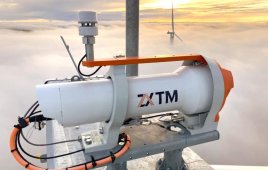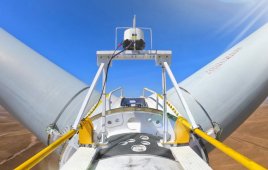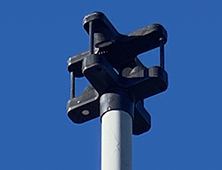Meggitt Sensing Systems has launched the Endevco model 8523 high-temperature pressure sensor utilizing silicon strain gages to enable gage and differential measurements. Designed for static or dynamic pressures, applications include inlet distortion pressures in turbine engines, transmission pressures in automobiles and rocket motor analysis.

Compared to a similar sensor on the market, the 8523 provides twice the output for improved signal-to-noise ratio and tighter linearity specifications combined with minimum 2X over-range capability.
The 8523 is suitable for high temperature measurements that cannot be made with standard pressure sensors. Some of these measurements are likely in wind-turbine development and testing, and O&M work.
Compared to a similar sensor on the market, the 8523 provides twice the output for improved signal-to-noise ratio and tighter linearity specifications combined with minimum 2X over-range capability. Additional performance benefits include ruggedness to withstand harsh environments, stability over a wide temperature range, and miniature size to fit easily into tight spaces.
Key features:
- 15, 50, 100, 200 and 500 psig ranges
- 300 mV full scale output for superior signal-to-noise ratio
- High temperature, up to +500ºF (+260ºC) continuous
- Exceptional accuracy with 1% linearity at two times full scale range
- High resonance frequency for excellent dynamic response
The unique MEMS sensing element is designed for maximum sensitivity and wide frequency response. Internal temperature compensation provides high accuracy over its -54 to 260ºC operating temperature range.
Filed Under: Sensors




